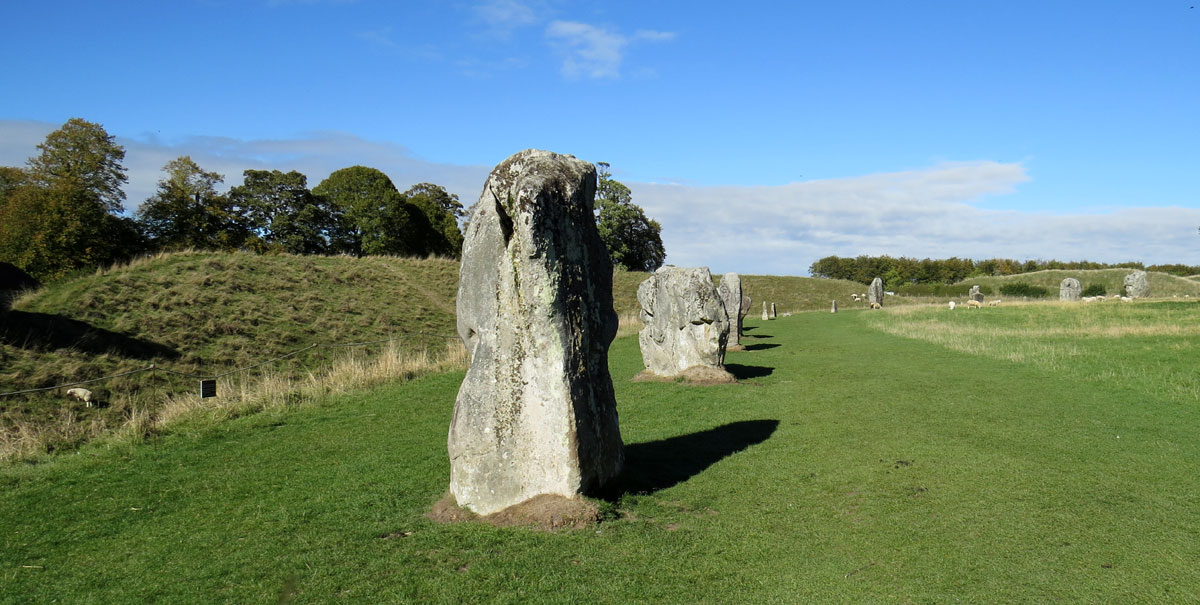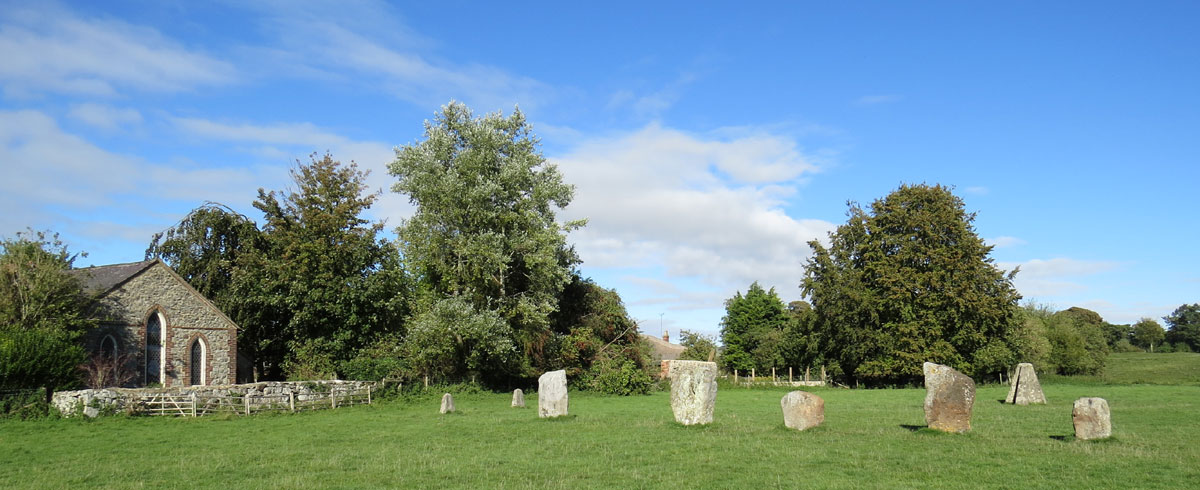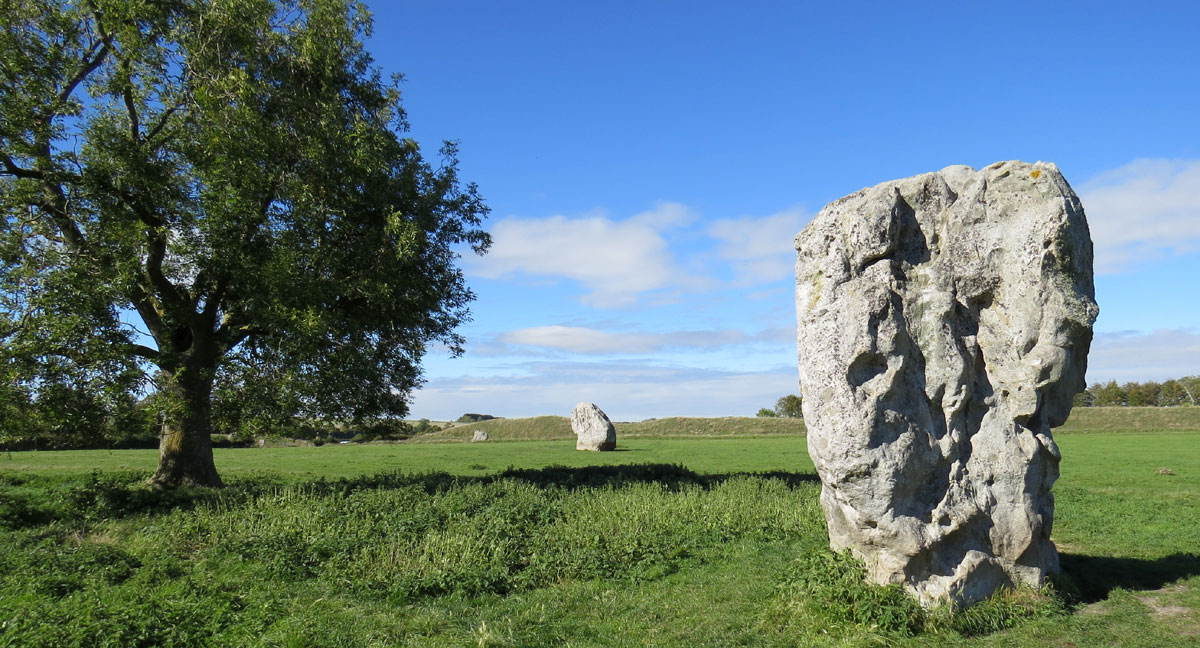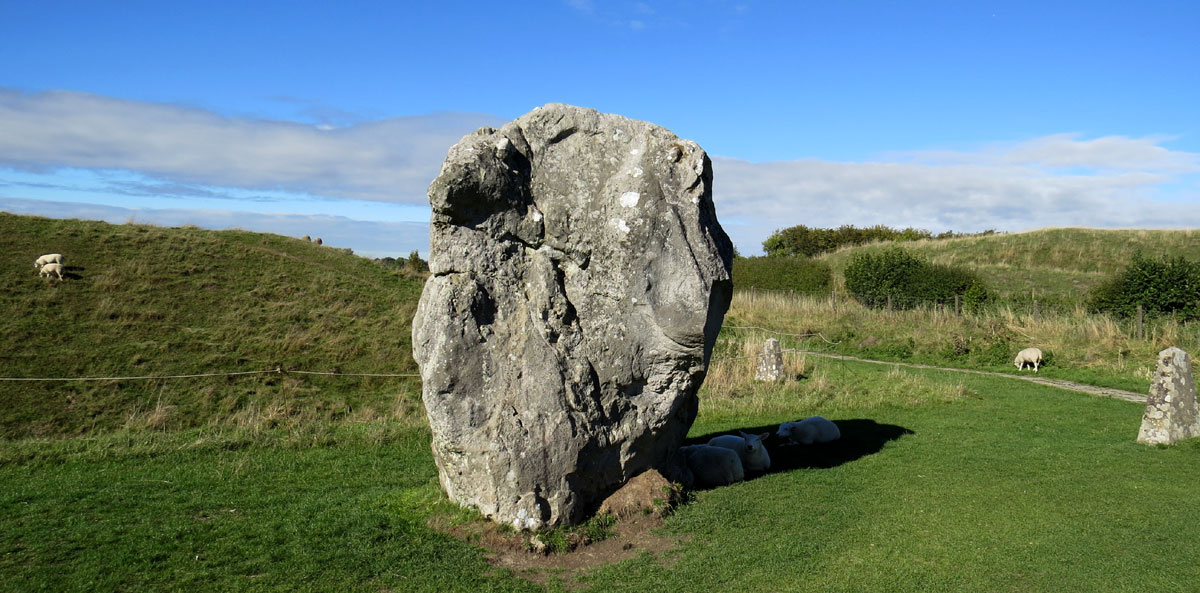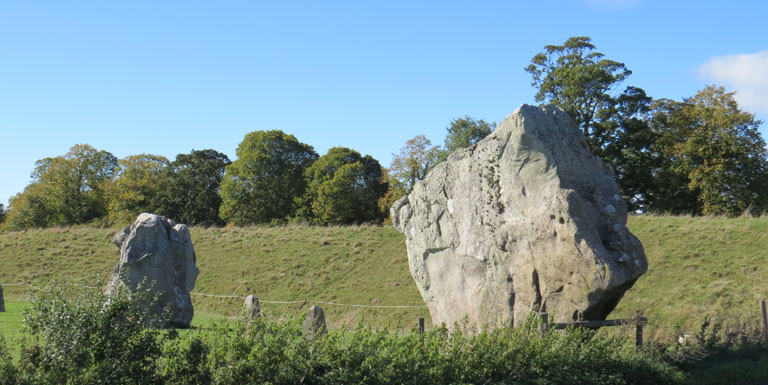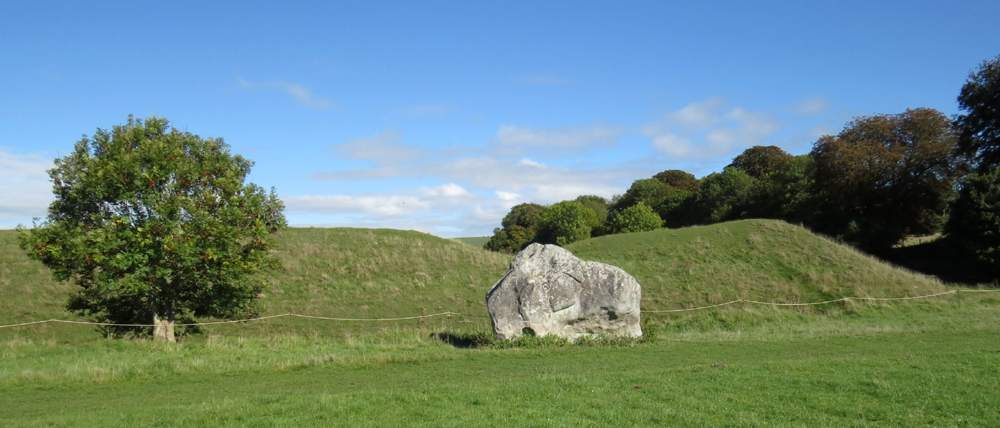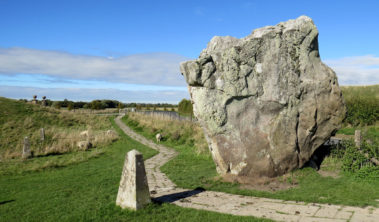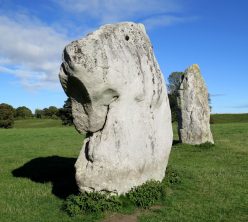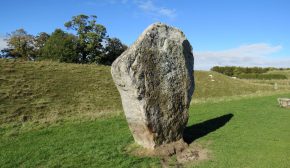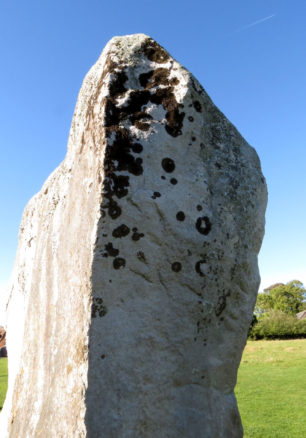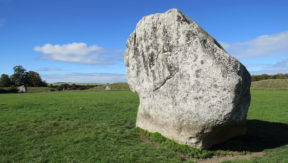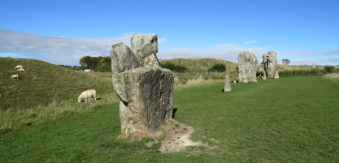The best way to see Britain is on Foot
There are many ways for us to travel in this modern day and age. Yet, a timelessness lives here in Britain, where the old ways and new ways collide.
Here in the United Kingdom modern modes of transport are a means of getting from A to B, these are not my preferred form of getting around. Driving is hectic, busy and stressful. Trains are expensive, overloaded and rarely on time. While buses are affordable, they also crawl through the countryside at a snail’s pace and rarely connect through to, or stop at any worthy destination.
Biking is another option but needs to be undertaken at your own risk, health and accident insurance is advised. Yet, amongst all the pitfalls of modern travel, there seems to be an overwhelming trend during the weekend for walking/ hiking.
*Disclaimer: I see hiking and walking as the same thing given there are not excessively large mountains, so I’m going to use the word walking to cover them both.
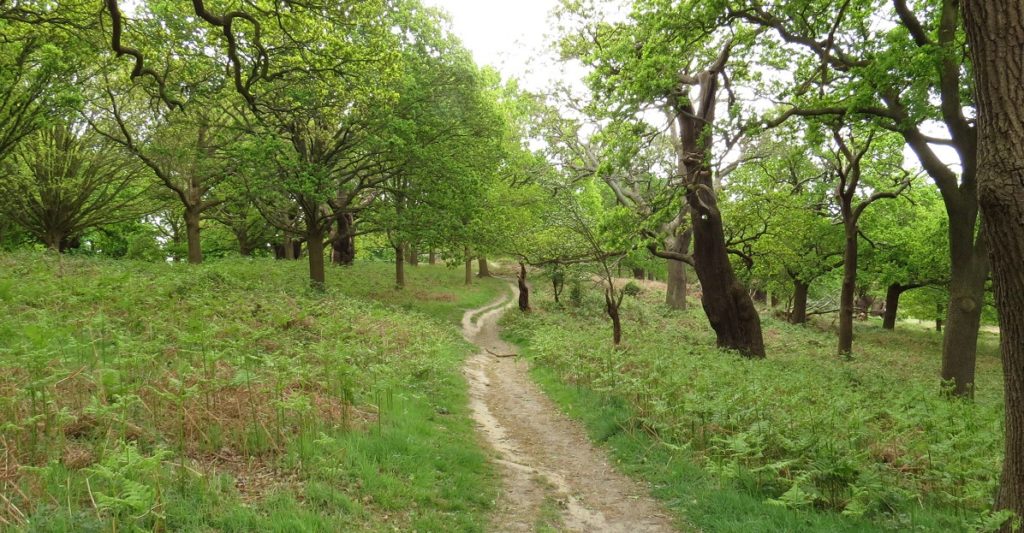
People in England have The right to roam
England is ideal for walkers. Endless green valleys, sloping hills, roving rivers and pockets of forests beckon anyone ready for some greenery and fresh air. Walkers also benefit from the Rights of way act, that ‘The right to roam’.
This means that the general public may access land without the use of paths.
Note: Although private areas do exist, you can find them on maps via Natural England. Landlords of private property will in many cases put up a notice; Private land, or Do not trespass – so be sure to respect their wishes if you do come across these signs.
On top of this, there are plenty of right-of-way paths for walkers to use, which are mapped out and easily accessible. If you are curious about what this means or have questioned the Ramblers walking organisation has a great FAQ (frequently asked questions) which covers walkers and landowner rights in detail.
On the rights of way paths, farmers and landowners are asked not to obstruct the path or block access to it. Nor should they let aggressive bulls into the field alone. One exception is made for non-dairy breeds, which can be in a field if accompanied by cows. Apparently, the dairy bulls are more aggressive. As many of us might not be able to decipher one breed from another if you see a bull and are worried simply play it safe and find another route.
In return, it is expected that walkers also respect the landowners, and their lands by following the countryside code of conduct. It is generous of farmers to allow the public access to the land that is their means of living.
If you bring your dog, have them on a leash when on farmland with livestock. If concerned there are also plenty of other farms, forests and fields without livestock that you can enjoy.
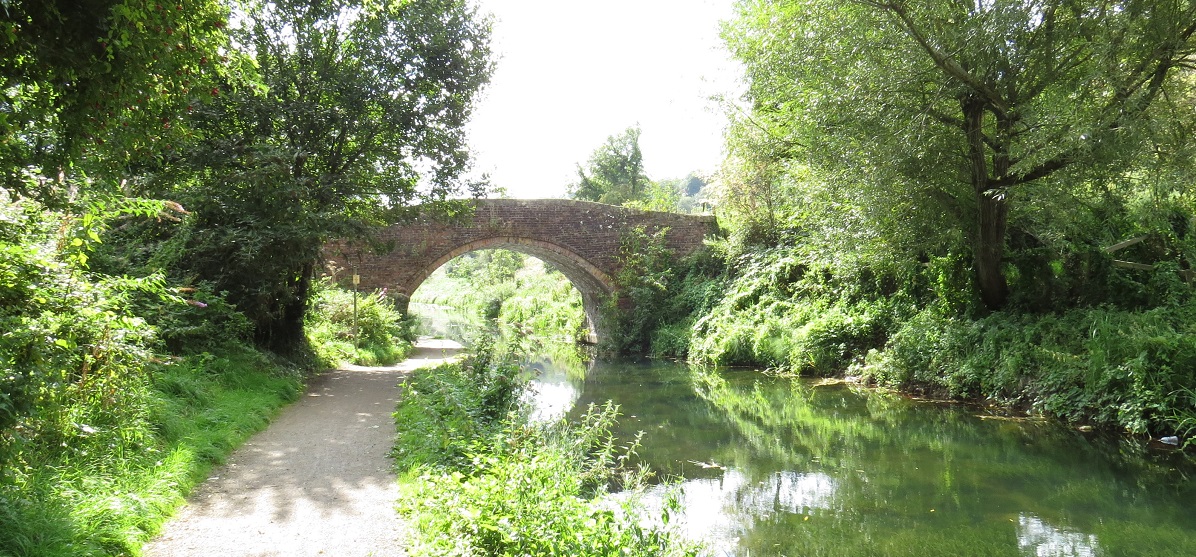
The Pilgrimage Revival
You may have also noticed a revival in ancient pilgrimages. There have been some great articles published that feature the British Pilgrims’ trust. An organisation that has done a stellar job in the last few years of not only promoting pilgrimages but also organising pilgrimages and bringing ancient pathways back to life for people to enjoy.
One such pathway is aptly named the Pilgrims’ way and will take you from Canterbury to London’s Southwark Cathedral. Travelling in true Pilgrim fashion on foot and staying in wayside houses or churches along the route.
Anyone looking for an inspirational book to read along the way, I highly recommend either the Art of Pilgrimage by Phil Cousineau or The Old Ways by Robert MacFarlane.
“Pilgrims are poets who create by taking journeys. Niebuhr”
On top of the old Religious Pilgrim routes, there are even more ancient pilgrimages to sacred sites such as Stonehenge, Glastonbury or Standing stones of Avebury.
While not every walk is a pilgrimage, there are many other groups that you can join for a hike or a stroll:
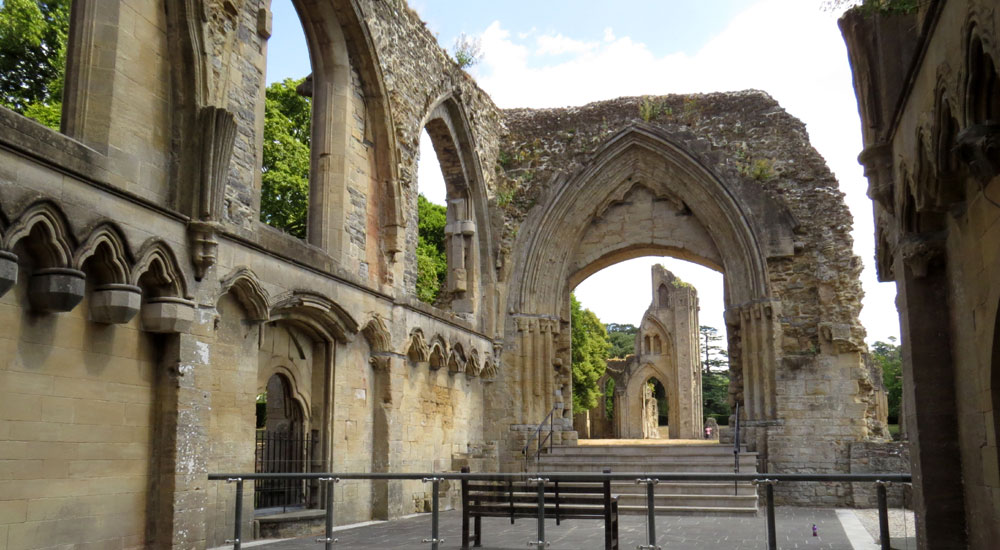
Walking Associations and Groups
Whether you’re a traveller from distant shores, or a local who would like to get out and about more – there are endless walking groups and options here in the UK.
Meetup has a wide choice of walking groups for all ages and has walks you can join in all areas and at weekends.
There are also established national and local walking groups, such as the Ramblers. It’s a great way to motivate oneself into doing longer countryside walks – while promoting a good cause.
The Ramblers is a non-profit and as well as receiving a quarterly magazine, maps and free access to lead walks, they actively campaign and support walkers’ interests in England.
Currently, they are in the process of lobbying with landowners and the government, to create the ‘England Coast Path’. Set to open in 2020, it will cover 4.500 km of Britain’s coastline, making it the longest coastal walk in the world.
On top of this, they are putting out a call to members of the public to go through old maps, to locate old pathways, so that they can be noted and reclaimed before the due date in 2026.
More than that though they offer a great range of routes throughout the country via their website or app. You can choose either independent or led walks, short or long, and easy to hard – there really is something to suit everyone.
There is nothing quite like joining a group of like-minded individuals for an afternoon of sturdy walking. You can find them online at Ramblers.org.uk

Well-known routes through the English country
While most everyone has heard of the Camino de Santiago de Compostela, and the Appalachian Trail. Britain also has its fair share of stunning trails, which may not be as famous but thankfully quieter, and equally stunning that you can enjoy if you’d like a walking holiday.
Here are just a few worth mentioning:
Cotswolds Way: This is one of the most picturesque walks. It spans the length of the Cotswolds from North the South. Covering over 100 miles, it snakes along the upper escarpment of the region and passes ancient long burrows and ruins left by prehistoric man. Being in the Cotswold it also passes through quaint villages and runs either to or from Bath, which is one of the most beautiful cities in England.
Hadrian’s Wall: This is the famous wall that the Romans put up in the hope of keeping the unconquered and unruly Scots out. While I like to think of it as ‘The Wall’ from the Game of Thrones, the reality is that it’s not half as high or fearful. Listed as a UNESCO world heritage site, it runs along the thinnest part of England. So, you can make it from the East to the West coast in under 8 days. It’s a trail where you really do follow Romans’ footsteps, passing by historic Roman ruins set amongst the breathtaking countryside.
The Pilgrims Way: This is an old Pilgrimage route, and you can either walk to or from London or Winchester to Canterbury, there are a few options available for the route. Canterbury was an old stopping point for pilgrims on their way to Rome. Back in the day, it was normal for most of people to try to do at least one pilgrimage in their lifetime. In doing so, and by giving alms to the church they felt more likely that they could gain, if not buy a spot in heaven.
While it did fall out of favour for a few centuries thanks to Henry VIII, it is thankfully back in style and much of the old pathways have been given a new life for a new set of walkers and modern pilgrims.
Offa’s Dyke way: Follows most of the border between England and Wales and is named after the Anglo-Saxon king of Mercia. It snakes through the historic Welsh countryside all the way from Chepstow in the South to the Northern shores.
Heart of England Way: This as it sounds leads you through the heart of England and through the West Midlands countryside. It’s about 100 miles long and goes from Milford down to Bourton-on-the-water, one of the Cotswolds’ quaintest if not most popular villages.
You can get booklets and trail passports as well as advice on the route, and places to stay along the way from the National Trail website.
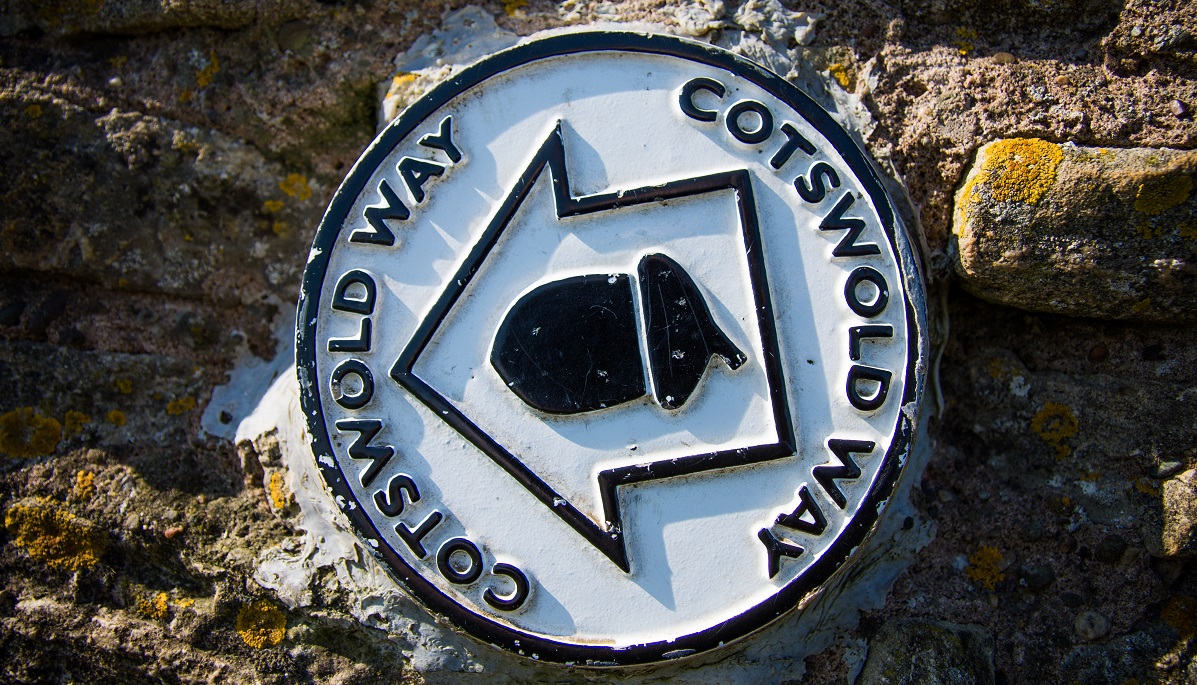
Transformation of Unexpected Pathways
Recently alternative routes are being uncovered. Such as old railway lines and towpaths are easy to walk along and have been revived and lovingly restored and transformed.
Towpaths, for anyone unaware, is the old route that was laid alongside the man-made waterway canals. These were built back in the industrial age before motor cars so that donkeys could pull the narrow boats containing wares through to their final destination.
Canals were eventually replaced with the railway. However, thanks to locals, volunteers and organisations such as the canal and river trust have put in a serious amount of effort to do restoring many canals to their former glory. As a result, the towpaths alongside them offer both picturesque and relatively easy walking paths.
The same is being done with older railway lines that have become overgrown through time. There is a TV show on Channel 5 in England called: Walking lost railways, and a book Lost Railway walks, that highlights them. As such there are also a few websites promoting lost railway routes and sharing them so that we can all enjoy them.
It’s great to see that even an old railway line can be recycled and put to new use.
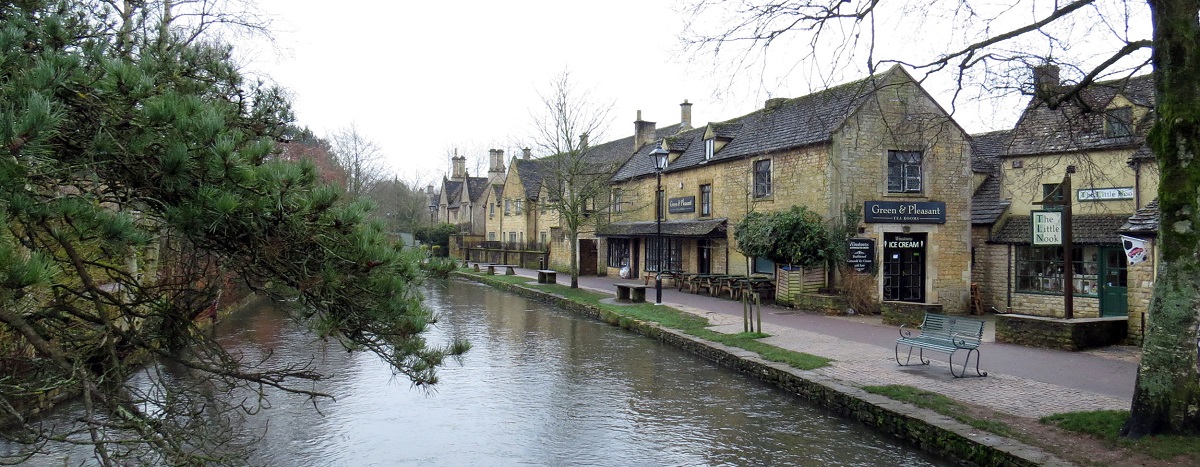
Benefits of Walking
Yes, England really is the perfect country to explore on foot, but there are a lot of side benefits to doing so. Of course, exercise and an improvement in overall health are a given.
But my favourite benefit is that I am travelling at a pace that is right for me, I can stop, sit or walk fast at whichever point I like. If the view has become exceptionally stunning, you can stand or sit in awe for as long as you like.
It’s flexible so that you can choose a different pathway, or do a circular route a linear route or makes one of your own – there are no time schedules or anything to abide by other than common courtesy and respect for others on the path.
In the meantime, science has proven what many of us already knew spending time in nature, with trees and fresh air has a positive effect on the heart, organs and mental health. This is why the art of forest bathing is so popular in Japan and has been taking off everywhere.
Personally, I believe that spending time outside in nature, in a disconnected world is healing for the body and soul. It leads us to appreciate the world around us, and feel connected.

Appreciating the natural world
Anyone who has spent hours walking through forests, over hills and small creeks can’t help but to spend some of that time in awe of the landscape around them. The birdsong that fills the air, squirrels foraging for nuts.
Red Squirrels are even being re-introduced in areas of Snowdonia in Wales and Caledonia in Scotland. If you have a keen eye you may even spot the elusive badger or friendly otter. Or a peaceful forest floor filled with bluebells or snowdrops.
The change of the season, the fresh air or crystal-clear springs and canal towpaths. It’s as healing as it is magic and touches us as humans deep in the soul of our being.
Protecting that which we love
Once we start to walk more – we can’t help to connect, it brings us back to our natural state being and hence to the natural world around us.
I’ve not yet seen a walker with headphones, they’re too busy listening to the birds, a burbling brook or the rustle of leaves through the trees. They’ll stop to enjoy the views, breathing in the fresh air and reaching a deeper state of calm.
In the pure enjoyment of time spent in nature, we become more naturally inclined to want to protect it, and care for it, as it should be respected and cared for.
You can see this reflected in the number of efforts local walking organisations have to protect these areas and pathways. It’s also why I appreciate upcoming organisations such as Rewilding Europe, Rewilding Britain and the woodland trust.
These types of organisations are going above and beyond to restore ancient woodlands and areas that are safe havens for local wildlife, birds and insects that are so critical to these natural habitats.
It’s scary to think that some countries have no ancient woodland left, the ecological structure that they host so much more than just a selection of trees or a simple place for us to enjoy our daily stroll.
If you have the opportunity to look into them if you are in the UK for a while why not also support them with your time as a volunteer or purchase a membership?
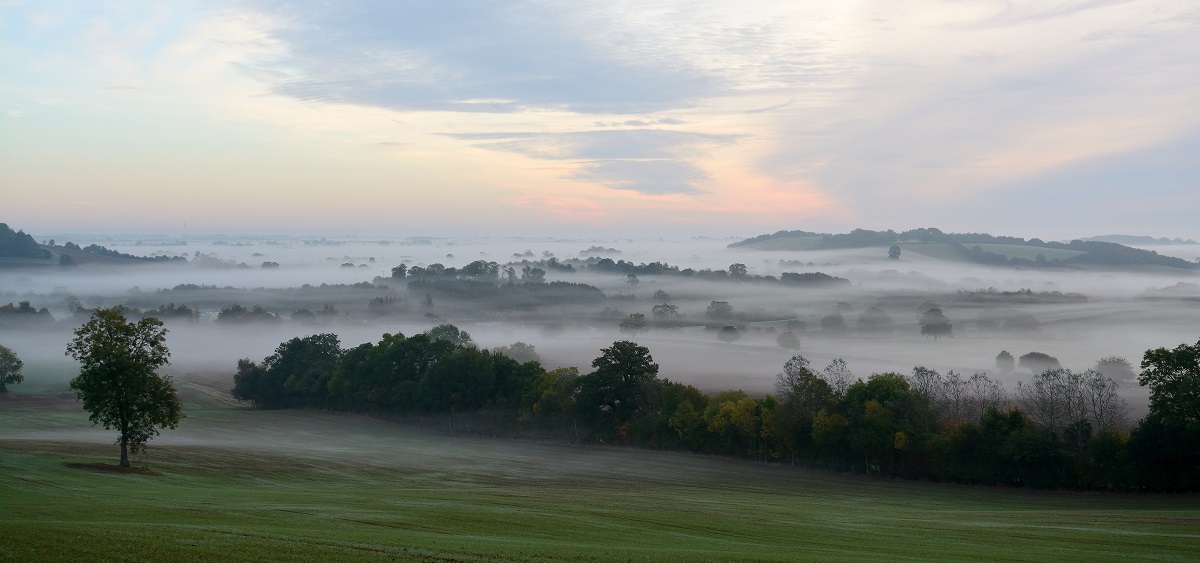
Get your boots on and start walking
If nothing else, your feet are made for walking. Endless pathways that cross the United Kingdom are calling you to walk upon them.
So, let’s get our walking shoes on, and they say in one of my favourite Celtic Proverbs:
“Your feet will bring you to where your heart is”.
Resources
Government Right of way, Right to Roam
British Pilgrimage Association
National Trails
Railway Paths
National Trust: A beginners guide to forest bathing
Big thanks to a few of the photos by:
Photo by Jake Melara on Unsplash
Photo by Colin Watts on Unsplash
Photo by Sint Linuza on Unsplash
Photo by Richard Bell on Unsplash

